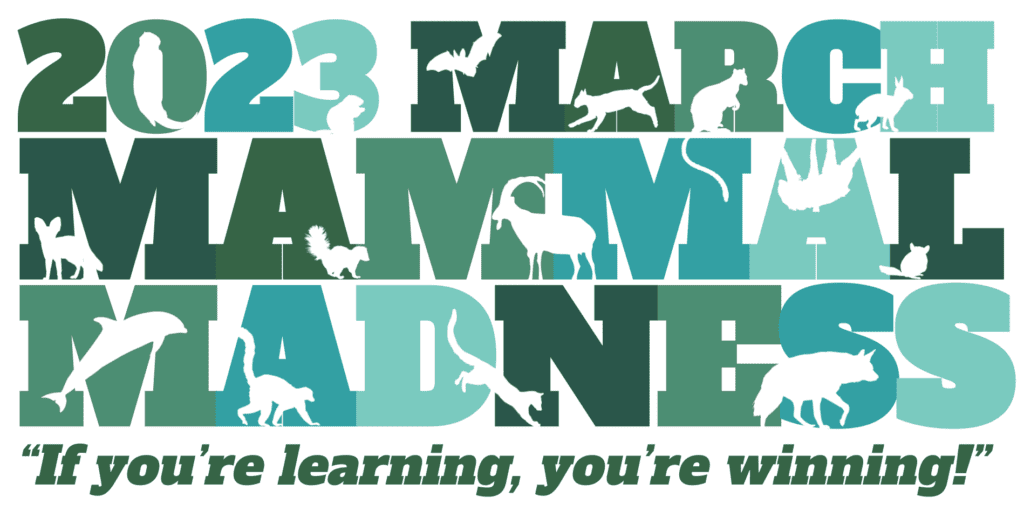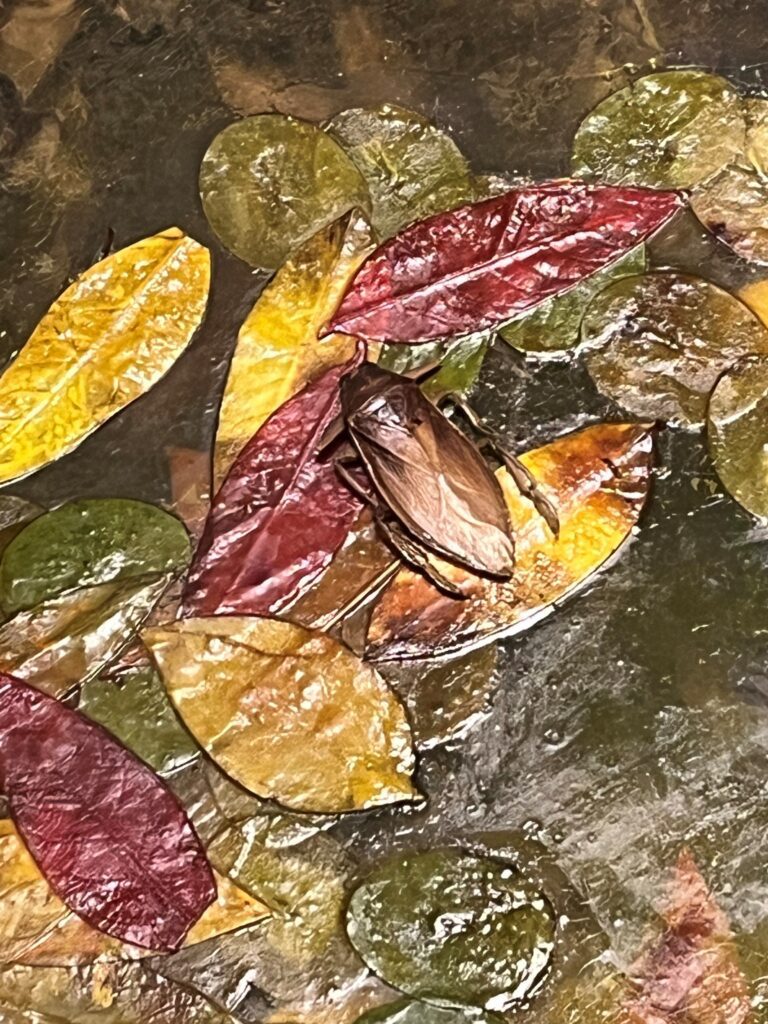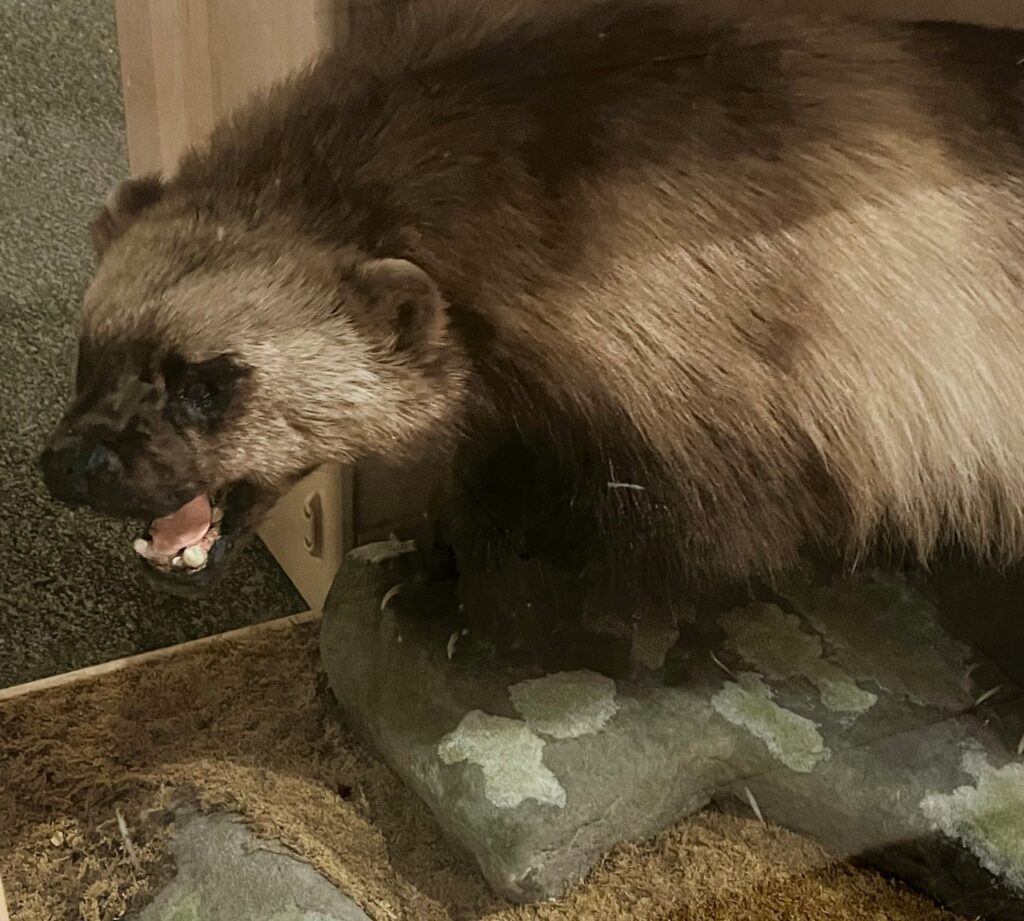by Patrick McShea
What chance does a giant water bug have in a battle with a wolverine? During the next few days participants in the online tournament known as March Mammal Madness will attempt to predict the outcome for this theoretical encounter plus 31 others. “Play” in this single elimination series of antagonistic animal matches begins with a wild card qualifying battle on March 13, and concludes, four well-spaced rounds of competition later, with a championship match on April 5. This now decade-old annual activity, which was created and continues to be directed by Professor Katie Hinde, of Arizona State University, has a well-earned reputation as a fun interactive educational event.
The website for March Mammal Madness (MMM) describes the proceedings as “inspired by (but in no way affiliated with or representing) the NCAA College Basketball March Madness Championship Tournament.” Like the basketball tournament, MMM relies upon a branching four-division bracket listing qualifying competitors and their ranking number to both record predictions and track the tournament’s progress. There are, of course, significant bracket differences. In place of the small print note where some sport tournament brackets announce the chart’s purpose as “For Amusement Only,” the MMM document bears the disclaimer, “MMM includes many non-mammal species.” Also, in the front and center position, where an NCAA, media sponsor, or gaming corporation’s logo would normally appear, is instead the MMM guiding motto: “If you’re learning, you’re winning!”

The clearest explanation of how the competition unfolds, and how willingness to learn is a condition of fandom, is on the MMM website:
The organizers take information about each combatant’s weaponry, armor, fight style, temperament/motivation, and any special skills/consideration and estimate a probability of the outcome and then use a random number generator to determine the outcome. This is why there are upsets in the tournament.
Another thing that can happen is if a species has to battle in an ecology that is really bad for it – for example, if a cold adapted species is battling in a tropical forest, it can dangerously overheat- changing the outcome probabilities. Sometimes an animal gets injured or snaps a canine in a previous round that carries over into the next round- just like an injury of a star player totally changes a basketball team’s outcome. Also hiding or running away counts as a forfeit.
In the early rounds the battle location is in the preferred habitat of the better-ranked combatant in the battle, and ecology can play a huge role in what happens.

I kept all of this in mind as I considered the first-round water bug versus wolverine battle. On the museum’s second floor, a giant water bug is an invertebrate detail in the Hall of Botany’s bog diorama. On the first floor, an encased wolverine taxidermy mount flanks the interactive space Discovery Basecamp. If both creatures mysteriously came to life and met on a back stairway landing, the insect would certainly be flattened or swallowed whole. Like a sports bettor double-checking a basketball team’s bench depth, foul-shooting percentage, or dependable three-point shooters, I conducted a brief internet search for wolverine vulnerabilities.

Details in a summary of the Western States Wolverine Conservation Project revealed this large member of the weasel family as a species highly sensitive to climate change. The long-clawed and densely furred carnivore, whose common name has been used by various corporations to create brands for action heroes, rugged footwear, and all-terrain vehicles, requires large territories with persistent spring snow cover. In the four U.S. states where resident populations of wolverines are known to occur (Washington, Montana, Idaho, and Montana), locations with heavy spring snow cover provide ample “refrigerated” space for the catching of prey, as well as safe denning sites for pregnant females.
I still picked the wolverine to beat the giant water bug, but I won’t be surprised if it doesn’t happen. Highways were mentioned in some research summaries as barriers to wolverine movements, raising the possibility of a forfeited match. Despite a reputation for ferocity, a no-show wolverine could send a giant water bug to the MMM second round.
Patrick McShea is an Educator at Carnegie Museum of Natural History.
Related Content
March Mammal Madness and Middle School Science Class
World Pangolin Day 2023 – The Mysterious Brain Bone
Carnegie Museum of Natural History Blog Citation Information
Blog author: McShea, PatrickPublication date: March 7, 2023
